Election polling in North America has been frustratingly hit and miss in recent years. Pollsters have had difficulty reaching people without traditional landline telephones and internet polling has been prone to notoriously to biased results.
That said, pollsters have been adapting to changing times, and electoral forecasts from a number of firms have been consistent. Polls provide us with a snapshot of where voters are sitting and we can still read a lot into them.
Regional diversity in a nation as massive as Canada makes it more challenging to interpret polls as well. Views differ greatly from province to province, as do the number of seats. While a party may lead in national support overall, it may still lose the election if its support isn’t concentrated in the right regions.
Seats in the House of Commons are what win elections rather than popular support numbers. Parties need to carefully and strategically determine where they will be pursuing votes as they try to win enough seats to form the next government.
Current Projections
I will be using numbers from a site called 338Canada. They aggregate numbers from multiple polling sources which helps weed out some of the outlying polls and gives a picture of broader trends.Nationally, the Liberals are in the lead with 35 percent support. The Conservative Party of Canada (CPC) is second with 30 percent support. The NDP holds 19 percent support, while the Bloc Quebecois is at 6.5 percent.
Polling numbers have been pretty static all summer and if they remain where they are, we likely will see yet another Liberal minority government. Of course, during an election campaign, those numbers can change radically and quickly.
The CPC has a difficult road ahead of it. While they appear to be only five points behind the Liberals, if we factor in their support concentration the gulf is huge when it comes to projected seats. As things stand, the Liberals are projected to be just shy of a majority with 162 seats, while the CPC is projected to win a dismal 112 seats. A party needs to win 170 seats in order to form a majority government.
Even if the numbers don’t change dramatically by election day, the makeup of parliament might. The Liberals only need to pick up a handful of seats in order to grab a majority, and there are a number of regions in play.
Conservative parties have often taken their prairie support for granted. While the CPC enjoys a comfortable lead in the prairies, they have a number of very tight races developing in the urban centres. Calgary, Edmonton, Regina and Winnipeg all have several seats that could swing Liberal.
Since the CPC no longer has a leader from the West, they may be more vulnerable to losing support to Jay Hill’s Maverick Party, which is targeting Western regionalists. While the Maverick Party and Maxime Bernier’s People’s Party likely won’t win any seats, they are pulling support directly from the CPC and they could very well become spoilers in tight Western races.
O'Toole is going to have to try and keep the West content while courting new support in Eastern and Central Canada. It will be a difficult balancing act.
B.C.’s Lower Mainland is always an electoral hornet’s nest and it will likely offer a few seats to each major party again. They all will be tight races, and with the collapse of the Green Party, the Liberals may stand to pick up a couple of seats. Jagmeet Singh’s NDP may capitalize on those former Green Party voters as well.
The Liberal Party appears to have support in the Atlantic provinces locked. The CPC likely won’t dedicate much time out there and can only hope for the Liberals to make some sort of catastrophic mistake that alienates the East Coast. Not impossible, but unlikely.
Central Canada is where the true battleground will be—as usual. The Liberals are dominating, but many Ontario seats are close and prone to swinging. Bloc Québécois leader Yves-François Blanchet is popular in Quebec, but it’s possible he may lose some support to the CPC due to strategic voting.
While Quebec is not terribly conservative in general, Bloc supporters tend to loathe the Trudeau family and may swing just to keep the Liberals from gaining a majority government. Every party will be campaigning hard in the nation’s centre.
At this point, it appears that the only question is whether the Liberals get a majority or a minority government on election day. However, variables from things such as developments with the COVID-19 pandemic or candidate scandals can change that forecast in a hurry.
This will be a hotly contested election and nobody will be considering a Liberal win a done deal. Thirty days is an eternity during an election campaign, and things can change in a heartbeat.
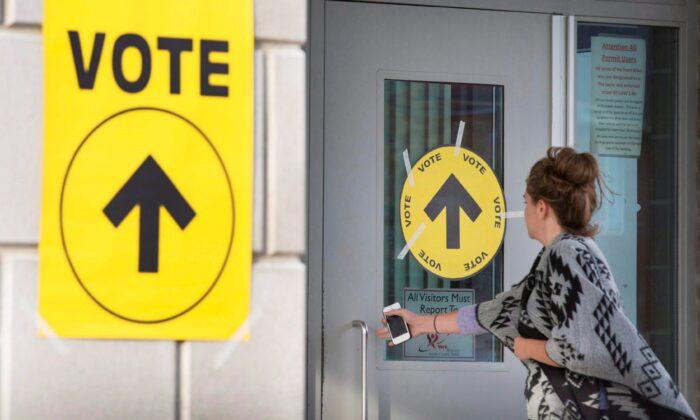

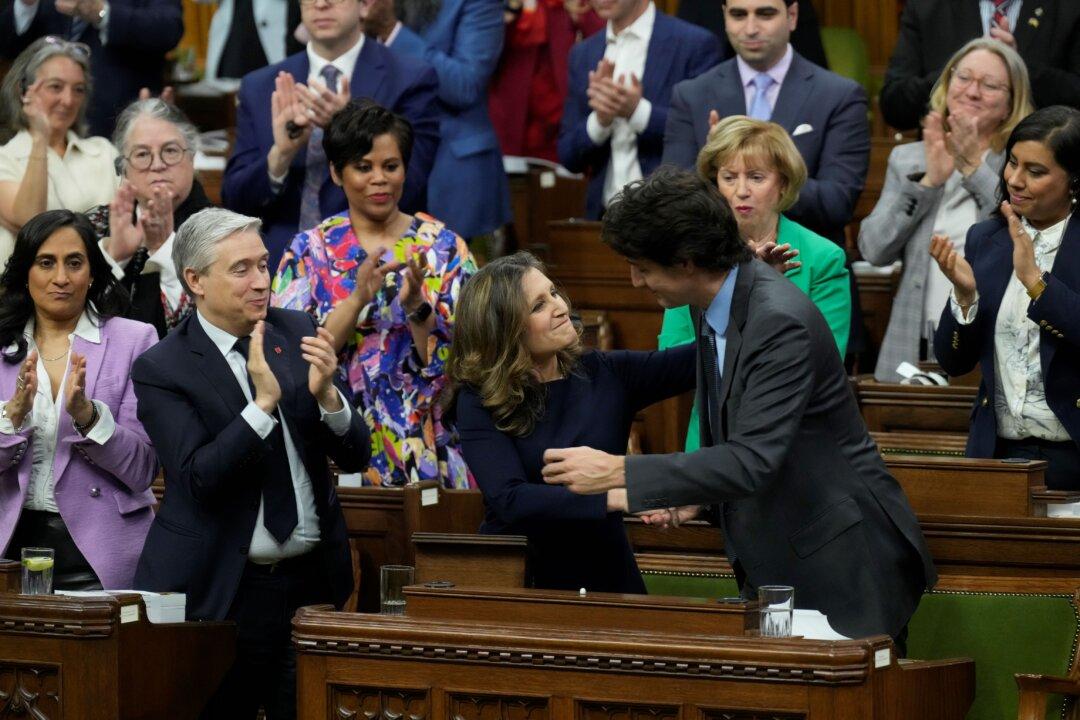
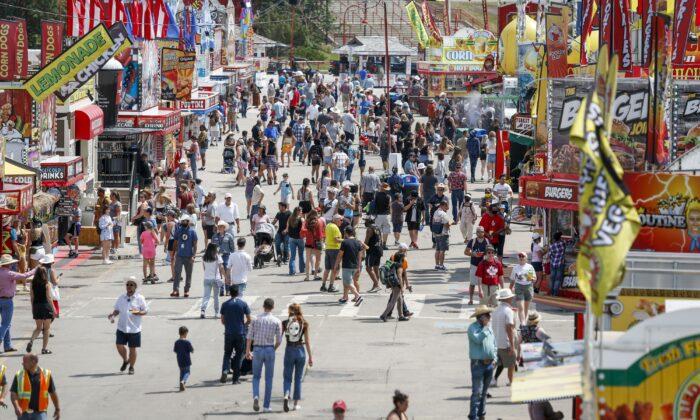
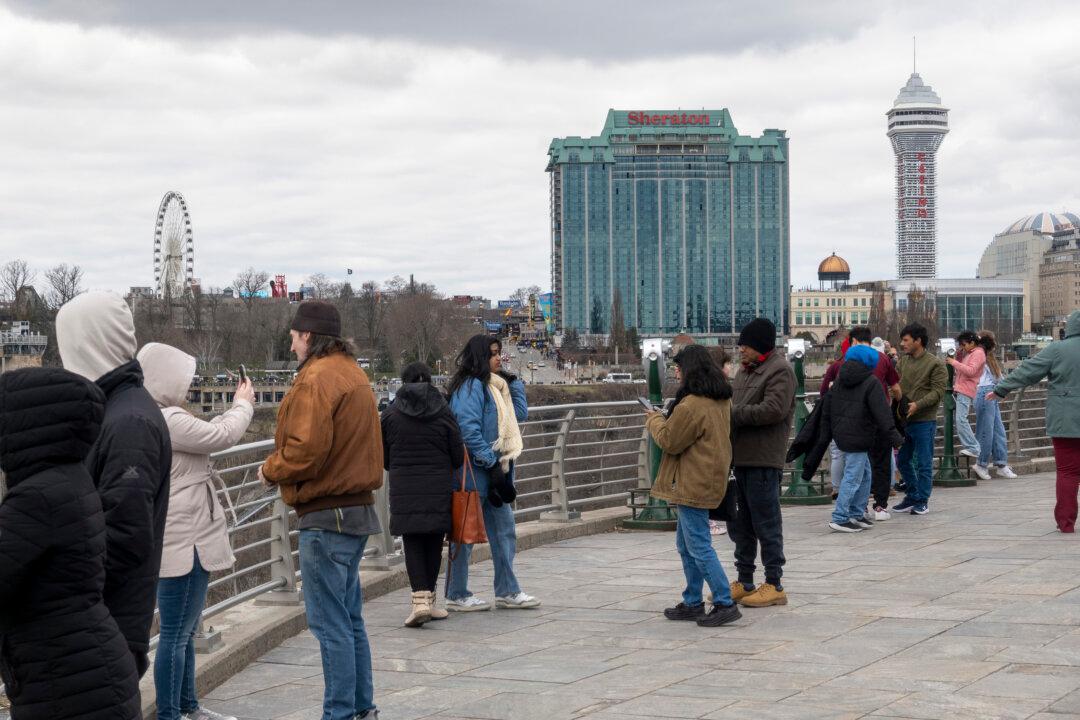
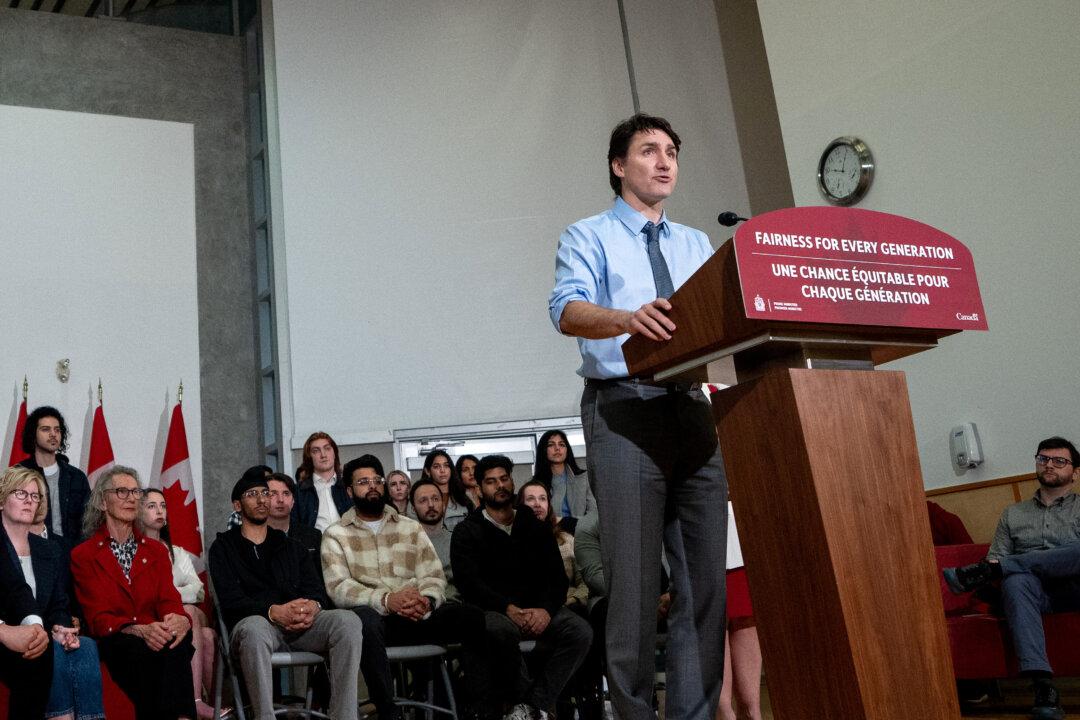
Friends Read Free